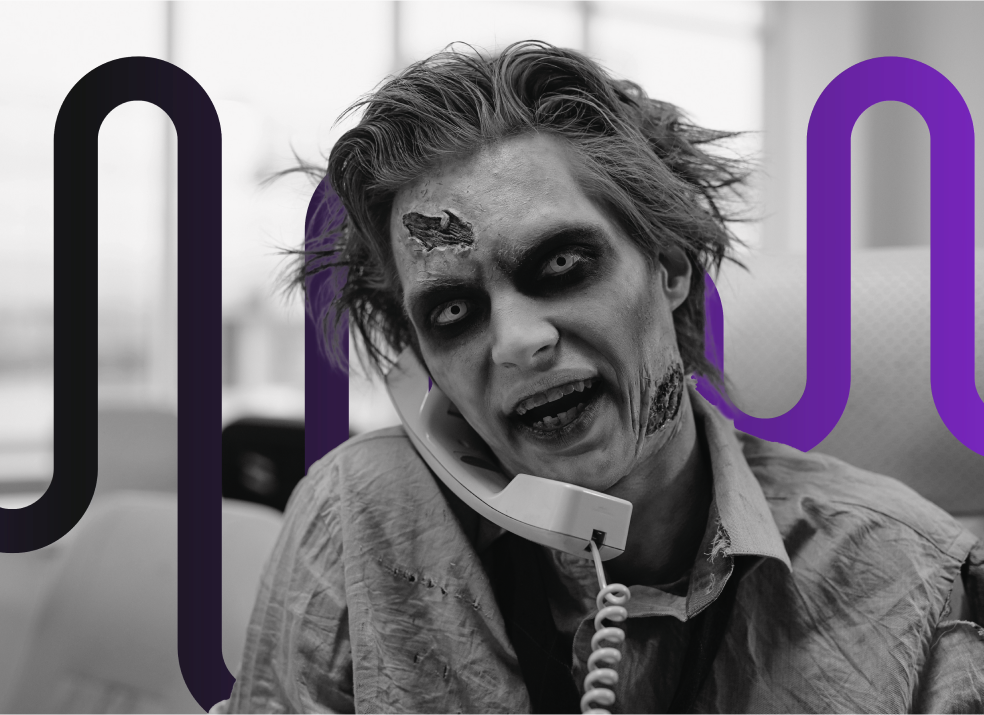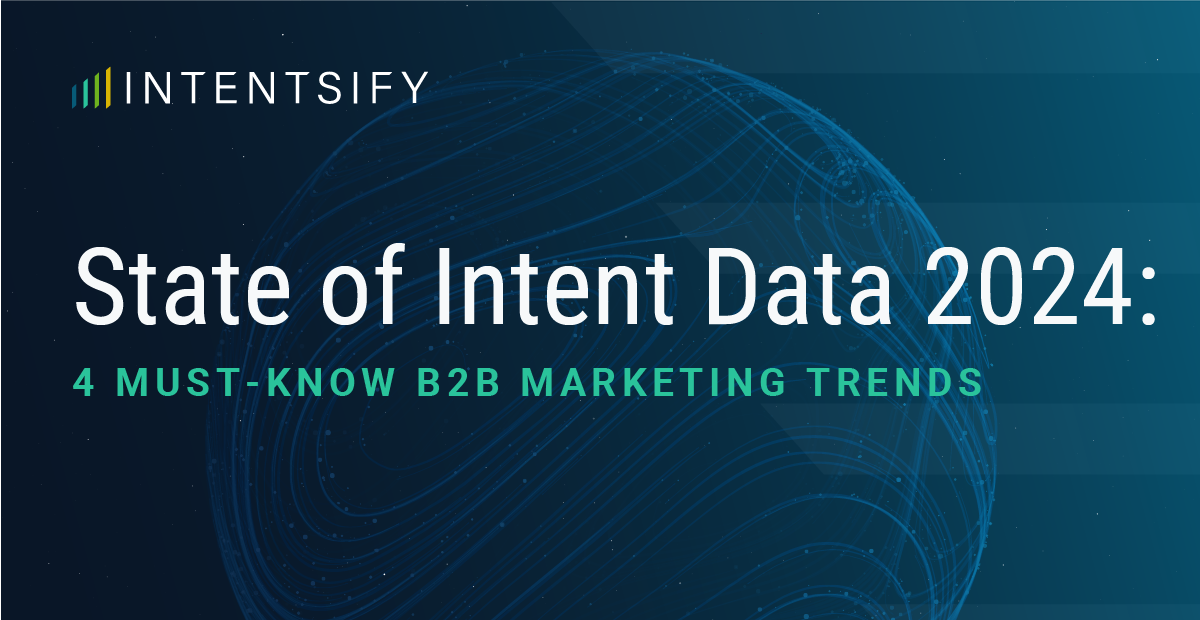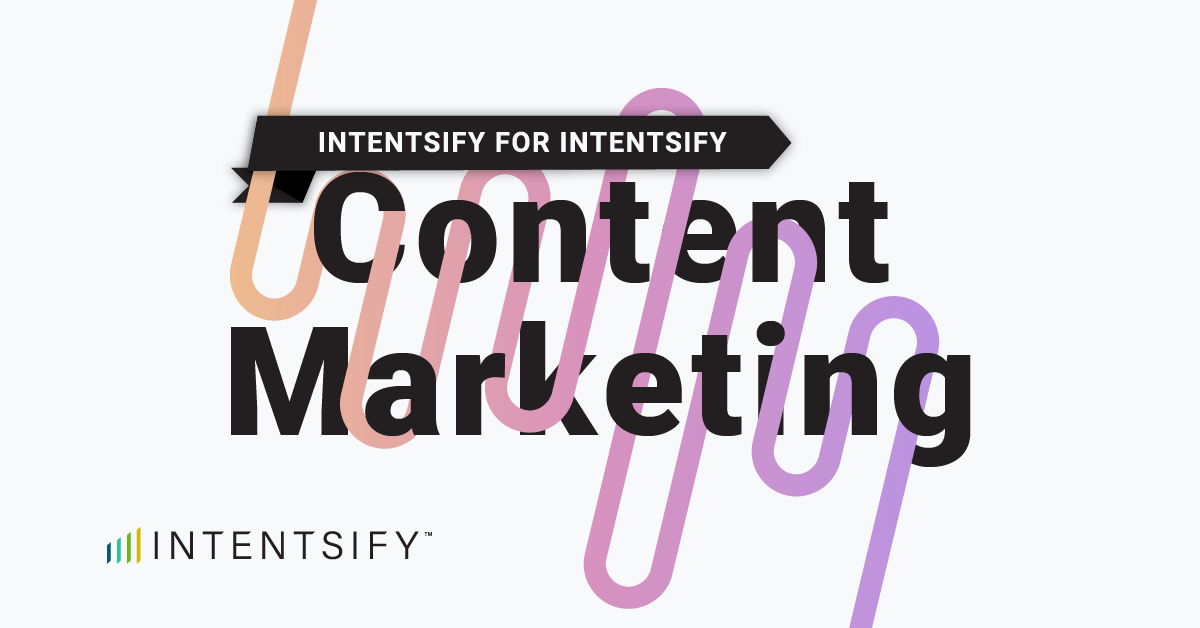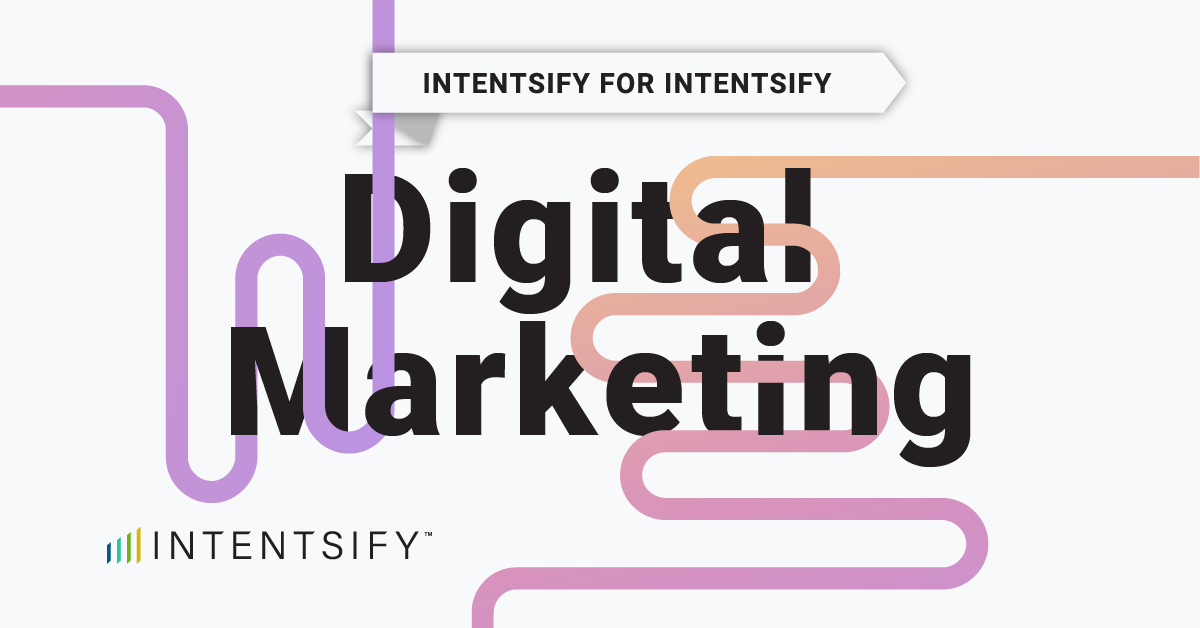You’ve heard of the dead internet theory: That it’s all just bots talking to each other and there aren’t any real people to be found. Now, I’m presenting you with the Dead Funnel Theory: the idea that your B2B marketing funnel isn’t full of living, breathing buyers, but instead just a bunch of names you’re trying to force down a linear journey they aren’t even aware they’re on.
You make big pipeline bets based on an MQL’s one-time interaction from last quarter and then try to resurrect them with an email drip…a drip that will never work. The reality? Buyers don’t care what your funnel looks like, where they might fit into it, or what promises you made to your leadership team. They care about getting what they need and finding it easily, without constant interruption from a sales team they’re not ready to talk to.
Happy Halloween, B2B marketers. This October, as ghouls and goblins roam the streets, it’s time we confront a truly terrifying prospect: The zombie apocalypse is in your funnel. It’s time to admit that the traditional marketing funnel is dead. If you’re still clinging to it, you’re likely mistaking dormant data for active demand and spending valuable time and budget chasing ghosts.
The Non-Linear Nightmare: Buyers Aren’t Following Your Script
Remember the good old days? A prospect would dutifully progress from Awareness to Interest, then Consideration, and finally, Purchase. It was a neat, orderly line and a marketer’s dream. But today’s B2B buyer journey is less a straight path and more a haunted corn maze.
Buyers are in control of their own journey. Sounds obvious, but so many marketing teams are still trying to force them into a predefined nurture that will undoubtedly convert to a pipeline percentage. But buyers aren’t waiting for the next email to download the next piece of content that will urge them towards a purchase. They’re researching, learning, and discussing amongst their team members long before they ever speak to someone on your team.
This means they’re skipping research stages, looping around, pausing their research for months, or often entering your “funnel” with mid- to late-stage buyer research signals. If your marketing programs can’t keep up with those jarring research patterns, you’re likely feeding them mismatched messages that don’t align with what they’re looking for, or even worse, trying to wake the dead when they’re not even actively researching.
The Haunted Pipeline: Dead Leads or Just Blind Spots?
When your pipeline stalls and deals go cold, it’s easy to look at the prospects inside and declare them “dead leads.” You see an MQL who downloaded a whitepaper three months ago but hasn’t responded to marketing or sales outreach since, and you assume they’ve lost all interest.
But let’s challenge that assumption. Are these leads truly dead, or do you just lack the data to see the life they’re still exhibiting?
The traditional funnel is designed to track a linear path based on your engagement points: a form fill, an email click, a demo request. When these trackable actions stop, your system labels the prospect inactive.
But we know that path isn’t linear anymore. Your prospects are operating mostly in a dark funnel where they do the majority of their research without ever interacting with your team or even website. Instead,
- They’re not clicking your links, they’re Googling your competitors (or better yet, asking ChatGPT)
- They’re not filling out your form for a case study, they’re reading reviews on sites like G2
- They’re not requesting a demo, they’re asking their peers for recommendations on LinkedIn or an online community
The funnel isn’t dead because your prospects aren’t in market. The funnel is dead because it’s blind to most of the buying journey.
How Intent Data Shines Light on the Dark Funnel
The critical failure isn’t on lead quality; it’s in data quality. If you rely only on first-party data, you’re only seeing a small sliver of the buying group’s intent. The only way to fully understand if your prospects are dormant or actively researching is to access third-party intent data — ideally persona-level intent data.
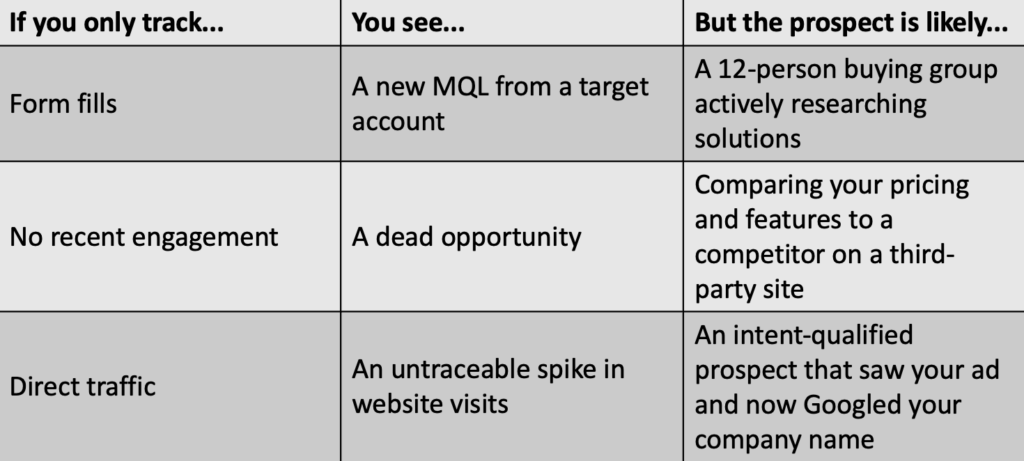
Your prospects aren’t zombies; they are simply off the grid and conducting their due diligence. By integrating high-fidelity intent signals, you can replace guesswork with certainty. This lets you re-engage with personalized, relevant messaging that meets them where they actually are in their chaotic, non-linear journey, finally resurrecting them into active opportunities.
From Lead Generation to Demand Creation
Another chilling reality to prove the dead funnel theory? The 95:5 rule, or the 85:15 rule, according to Forrester. This rule says that at any given time, only about 15% of your total addressable market is actively in-market and ready to make a purchase. The traditional funnel is obsessed with capturing these precious few, leading to aggressive, often ineffective lead generation tactics aimed at a tiny segment.
So what do you do for the other 85%? They’re not dead, they’re just not ready yet. This is where we must shift our mindset from always focusing solely on lead generation plays to ensure engagement of the 15%, to focusing on a demand creation play that surrounds 100%. This means building brand awareness, thought leadership, and trust with the majority that will eventually enter the market. If done correctly, this will increase deal velocity once they become actively in-market.
Resurrecting Your Strategy Beyond the Funnel
Breaking free from the constraints of a linear funnel means choosing the opportunity to embrace a dynamic marketing strategy that puts the buyer experience at the center of everything.
1. Embrace the flywheel effect. Think of your customers as the driving force of your message. Satisfied customers fuel advocacy and ensure brand preservation outside of your website and marketing programs.
2. Focus on buyer research stages and prioritize ample content creation that is readily available. Align that content to the problems they’re researching, not your internal measurement processes.
3. Deeply understand buying group dynamics. For high-value targets, move beyond individual leads and market to the entire buying group. Personalize experiences and messaging for each persona, recognizing their collective journey.
The dead funnel theory isn’t about giving up on structure or moving back into a spray-and-pray approach. It’s about acknowledging that the old way of B2B marketing isn’t cutting it. It’s about embracing every data point you can collect and every silent buying signal you can track. The linear thinking stops here, but it doesn’t mean a marketing nightmare begins.

